Home>Gardening & Outdoor>Outdoor Structures>How To Keep Birds Out Of A Shed
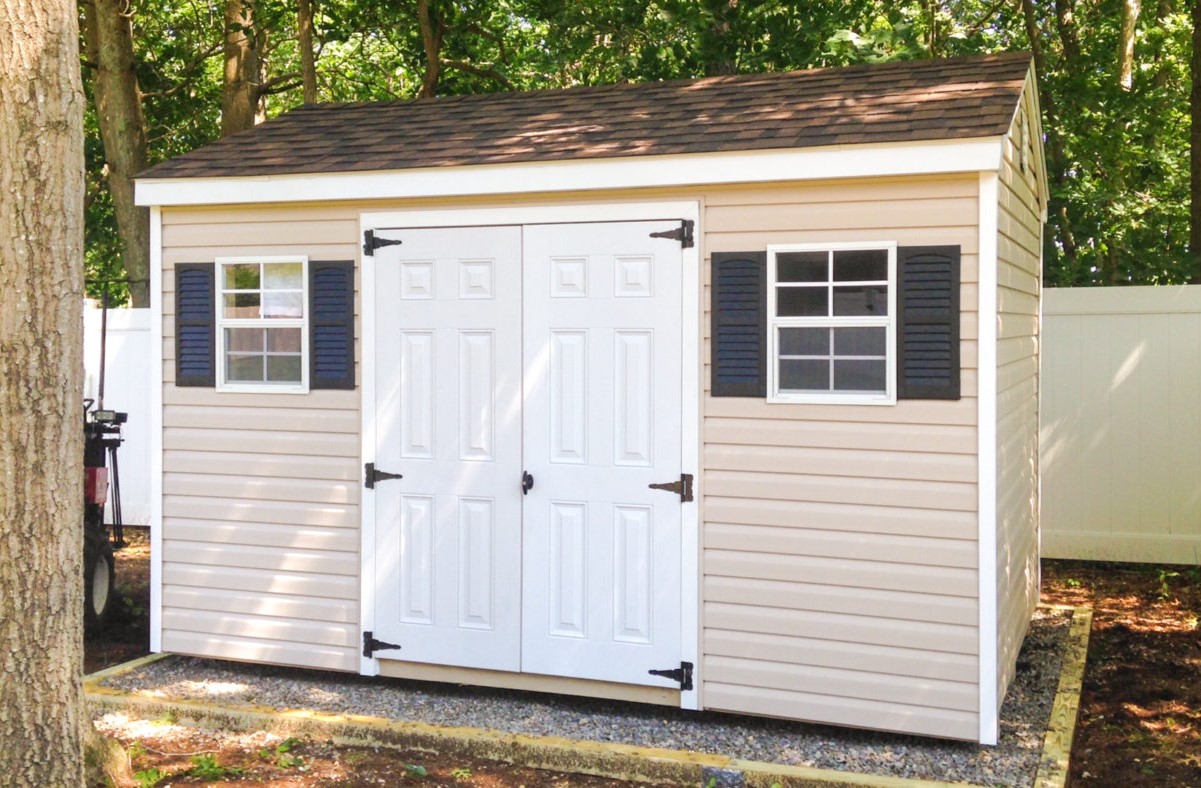

Outdoor Structures
How To Keep Birds Out Of A Shed
Published: January 19, 2024
Learn effective methods for keeping birds out of your shed and protecting your outdoor structures. Discover practical solutions to deter birds from nesting and causing damage.
(Many of the links in this article redirect to a specific reviewed product. Your purchase of these products through affiliate links helps to generate commission for Storables.com, at no extra cost. Learn more)
Introduction
When it comes to enjoying the great outdoors, having a shed can be a valuable asset. It provides a space to store tools, equipment, and other essentials for maintaining your outdoor living areas. However, one common issue that outdoor enthusiasts often encounter is the presence of birds in their shed. While birds are a delightful part of nature, they can create quite a mess and pose a nuisance when they decide to take up residence in your shed.
In this comprehensive guide, we will delve into effective strategies for keeping birds out of your shed. From understanding the root of the problem to implementing practical solutions, you'll gain valuable insights on maintaining a bird-free shed while respecting the natural environment. Let's embark on this journey to reclaim your shed and preserve its functionality and cleanliness.
Key Takeaways:
- Keep birds out of your shed by sealing entry points and using deterrents like reflective tape and bird spikes. Maintain a clean environment to discourage bird habitation and preserve your shed’s functionality.
- Understand why birds are attracted to your shed, seal entry points, use deterrents, and keep your shed clean to create a bird-free environment while respecting the natural ecosystem.
Read more: How To Keep Birds Out Of The Garden
Understanding the Problem
Before delving into solutions, it’s essential to understand why birds are drawn to your shed in the first place. Sheds often provide an ideal shelter for birds seeking a safe and secluded space to build nests and seek refuge from the elements. Additionally, sheds can harbor insects and other small creatures that birds prey upon, making them an attractive location for foraging.
Furthermore, the design of sheds, with their nooks and crannies, can inadvertently invite birds to take up residence. Gaps in roofing, open vents, and unscreened windows create easy entry points for birds, allowing them to establish a presence inside the shed.
It’s important to note that while birds seek shelter in sheds, their presence can lead to a range of issues. Bird droppings can accumulate rapidly, creating unsightly and unsanitary conditions. Additionally, nesting materials and debris can clutter the shed, potentially causing damage to stored items and posing a fire hazard.
Understanding the factors that attract birds to your shed is the first step in addressing the issue effectively. By recognizing the appeal of your shed to birds, you can tailor your approach to make the environment less inviting, ultimately encouraging the birds to seek alternative habitats.
Assessing the Shed
Before implementing bird deterrent measures, it’s crucial to conduct a thorough assessment of your shed. Start by inspecting the exterior and interior of the structure to identify potential entry points, nesting sites, and areas where birds congregate.
Begin with the exterior of the shed. Look for any gaps, holes, or openings that could serve as entry points for birds. Common areas of concern include gaps between the roofing and walls, unscreened vents, and gaps around doors and windows. Take note of any signs of bird activity, such as nesting materials or droppings, as these can indicate areas of frequent bird visitation.
Next, move to the interior of the shed. Assess the space for any existing nests, debris, or signs of bird habitation. Pay close attention to corners, rafters, and shelving, as these are often favored spots for nesting. Additionally, evaluate the condition of stored items to determine if any damage has been caused by bird activity.
During your assessment, consider the surrounding environment. Are there nearby trees or structures that provide perches or nesting sites for birds? Understanding the broader landscape can provide valuable insights into the factors influencing bird behavior around your shed.
By thoroughly assessing your shed, you’ll gain a comprehensive understanding of the specific challenges posed by bird infestation. This knowledge will inform the targeted approach you’ll take to mitigate the issue and create an inhospitable environment for birds.
Sealing Entry Points
One of the most effective strategies for keeping birds out of your shed is to seal potential entry points, thereby denying them access to the interior space. By addressing vulnerabilities in the shed’s structure, you can significantly reduce the likelihood of birds establishing a presence inside.
Begin by inspecting the exterior of the shed for any openings that could serve as entry points for birds. Seal gaps between the roofing and walls using durable, weather-resistant materials such as silicone caulk or expanding foam. Ensure that vents are equipped with appropriately sized mesh screens to prevent birds from entering while maintaining adequate airflow.
For doors and windows, consider installing bird netting or wire mesh to create a barrier that deters avian intrusion. This approach allows for ventilation while effectively blocking off potential entryways. Additionally, inspect the integrity of door and window seals to identify and address any gaps or damage that could compromise their effectiveness as bird deterrents.
As you seal entry points, it’s important to prioritize durability and weather resistance. Choose materials that can withstand outdoor conditions and frequent exposure to sunlight, moisture, and temperature fluctuations. Regularly inspect sealed areas to ensure that they remain intact and effective in preventing bird entry.
By proactively sealing entry points, you can fortify your shed against avian intrusion, creating a secure and bird-free environment for storing tools, equipment, and other items. This approach not only addresses the immediate issue of bird infestation but also contributes to the long-term maintenance and preservation of your shed.
Install bird spikes or netting on the openings of the shed to prevent birds from entering. Also, keep the shed clean and free of food sources to discourage them from nesting.
Using Bird Deterrents
Implementing bird deterrents can provide an additional layer of protection against avian intrusion, reinforcing the effectiveness of sealing entry points and discouraging birds from lingering around your shed. Various deterrent methods can be employed to create an environment that is unappealing to birds, prompting them to seek alternative habitats.
Visual deterrents, such as reflective tape, predator decoys, and scare balloons, capitalize on birds’ natural instincts to avoid perceived threats. These items can be strategically placed around the shed to create a sense of unease and deter birds from approaching or landing on the structure.
Acoustic deterrents, including sonic devices and bird distress calls, utilize sound to discourage birds from congregating near the shed. These devices emit sounds that are disruptive or distressing to birds, prompting them to seek quieter and safer locations away from the shed.
Physical deterrents, such as bird spikes and sloped landing surfaces, can be installed on ledges, beams, and other potential perching spots to prevent birds from comfortably roosting or nesting. These deterrents create inhospitable surfaces that discourage prolonged bird presence without causing harm to the animals.
Natural deterrents, such as strategically positioned plants or trees that are unappealing to birds, can help create a less inviting environment around the shed. Certain plant species emit scents or produce textures that birds find unattractive, serving as a natural deterrent to avian activity.
When selecting and deploying bird deterrents, it’s important to consider the specific species of birds that frequent your area, as well as any local regulations or guidelines pertaining to bird management. By combining multiple deterrent methods, you can create a comprehensive defense system that mitigates the risk of bird infestation and maintains a bird-free shed environment.
Read more: How To Keep Birds Out Of A Pergola
Maintaining a Clean Environment
Consistently maintaining a clean and organized environment in and around your shed is integral to deterring birds and preserving the functionality of the space. By implementing proactive cleanliness measures, you can minimize the factors that attract birds while creating an inhospitable environment for their habitation.
Regularly remove any accumulated debris, such as leaves, twigs, and grass clippings, from the vicinity of the shed. These materials can serve as nesting resources for birds and attract insects, contributing to the appeal of the area as a potential habitat.
Keep the interior of the shed organized and free of clutter. Store items in sealed containers or cabinets to minimize potential nesting sites and prevent the accumulation of dust and debris that can attract birds. Regularly inspect stored items for signs of damage or contamination caused by bird activity.
Implement a routine cleaning schedule to address bird droppings and other remnants of avian presence. Use appropriate cleaning agents and protective gear to safely and effectively remove bird-related debris, maintaining a hygienic environment within the shed.
Consider incorporating bird-resistant landscaping around the shed, such as gravel or stone mulch, to create an uninviting environment for birds. These landscaping materials reduce the availability of nesting materials and deter foraging activities, contributing to a less bird-friendly setting.
By consistently upholding a clean and well-maintained environment, you can actively discourage birds from establishing a presence in and around your shed. This approach not only supports the effectiveness of other bird deterrent measures but also contributes to the overall appeal and functionality of your outdoor storage space.
Conclusion
Effectively keeping birds out of your shed requires a multifaceted approach that encompasses understanding the factors that attract birds, addressing vulnerabilities in the shed’s structure, deploying bird deterrents, and maintaining a clean environment. By integrating these strategies, you can create an environment that is unappealing to birds, encouraging them to seek alternative habitats while preserving the functionality and cleanliness of your shed.
It’s important to approach bird management with a balance of compassion and practicality, recognizing the value of birds in the natural ecosystem while safeguarding the integrity of your outdoor living spaces. By implementing humane and proactive measures, you can coexist harmoniously with avian wildlife while minimizing the impact of their presence on your shed.
Regular vigilance and maintenance are key to sustaining a bird-free shed environment. Conduct periodic inspections to identify and address any emerging vulnerabilities or signs of bird activity. Stay informed about effective bird management practices and leverage new technologies and strategies as they become available.
Ultimately, the goal is to create a shed that is a secure, organized, and inviting space for your outdoor pursuits, free from the disruptions and messes that can result from bird infestation. By taking a proactive and comprehensive approach to bird management, you can reclaim and maintain your shed as a functional and enjoyable extension of your outdoor lifestyle.
Frequently Asked Questions about How To Keep Birds Out Of A Shed
Was this page helpful?
At Storables.com, we guarantee accurate and reliable information. Our content, validated by Expert Board Contributors, is crafted following stringent Editorial Policies. We're committed to providing you with well-researched, expert-backed insights for all your informational needs.

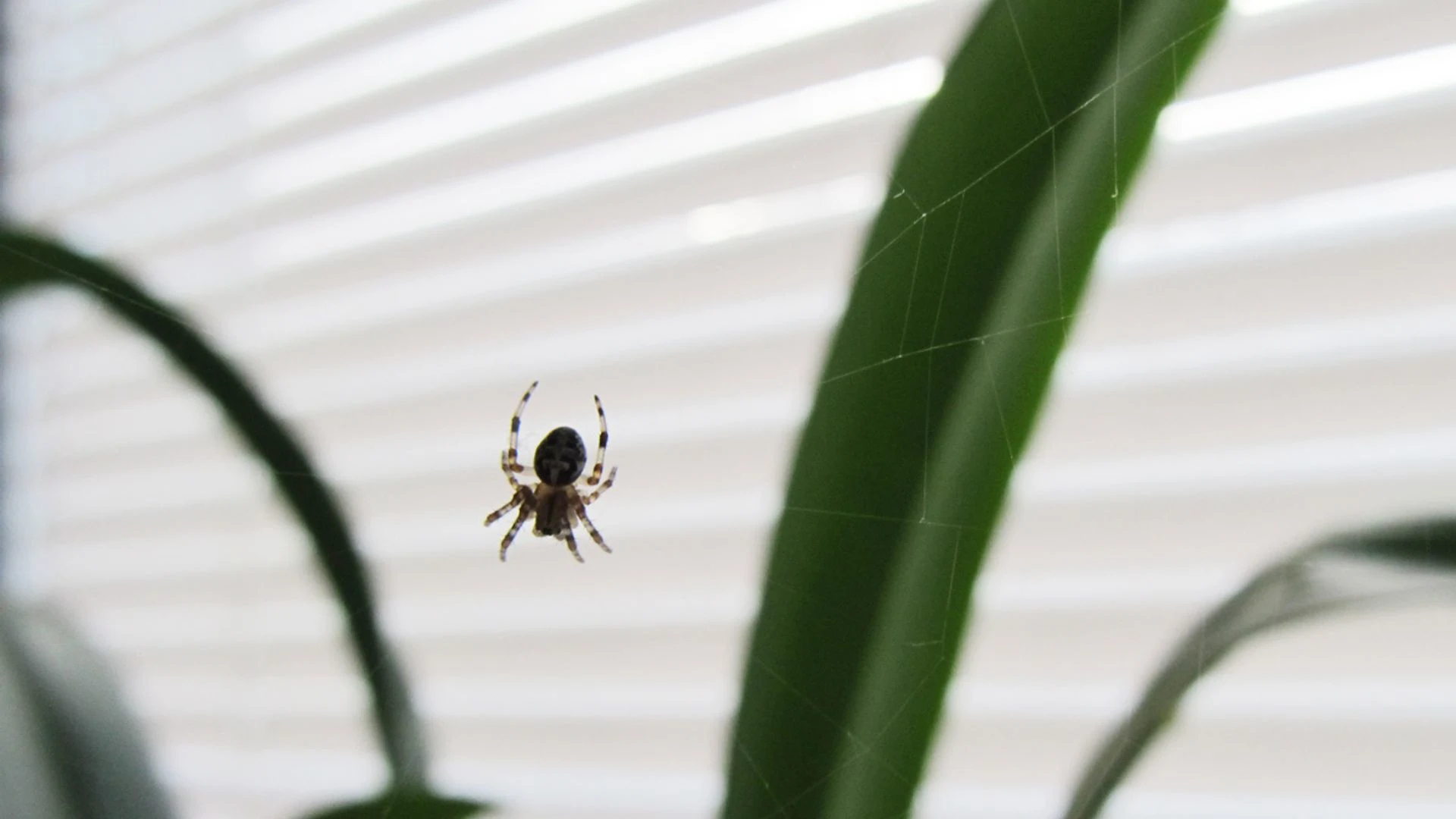
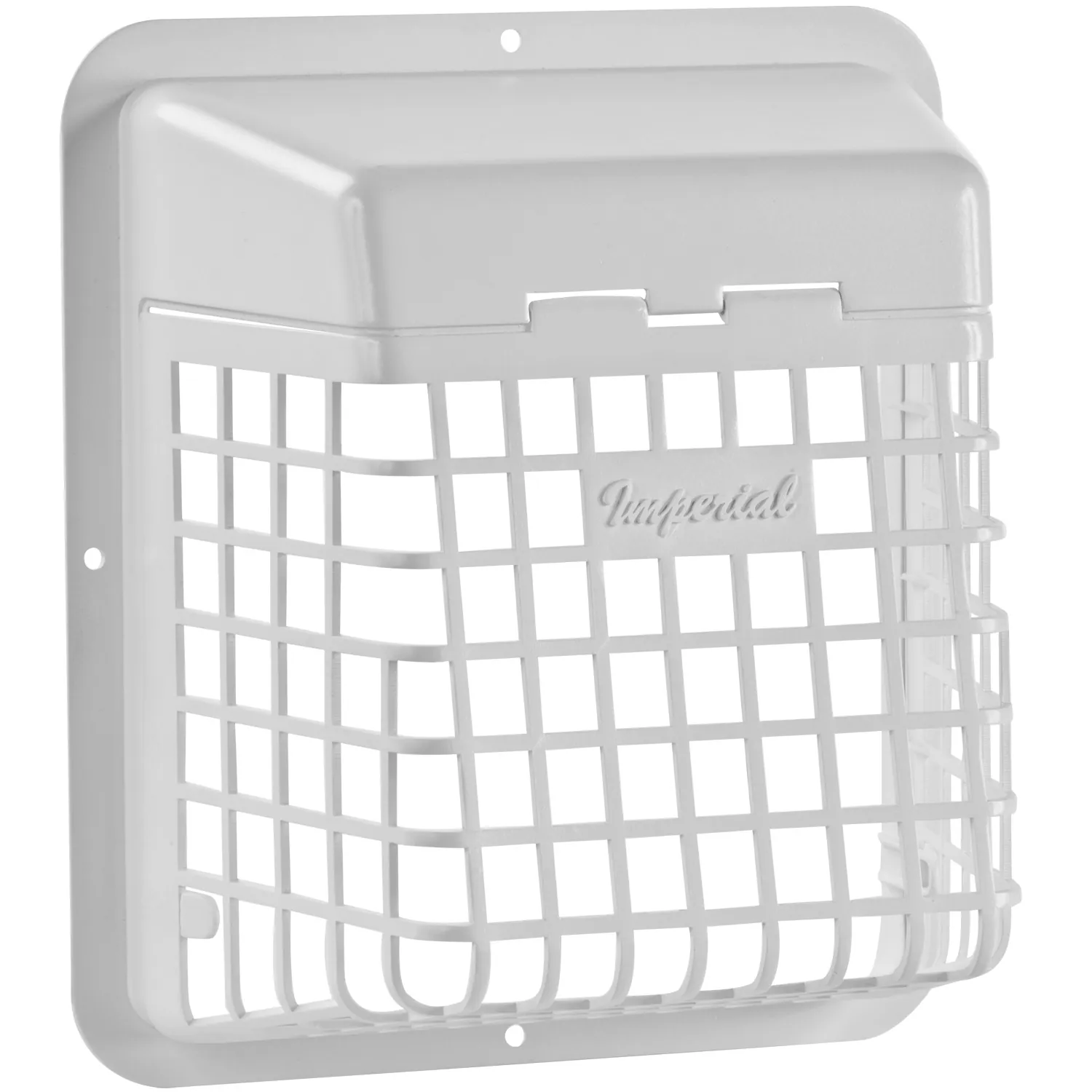
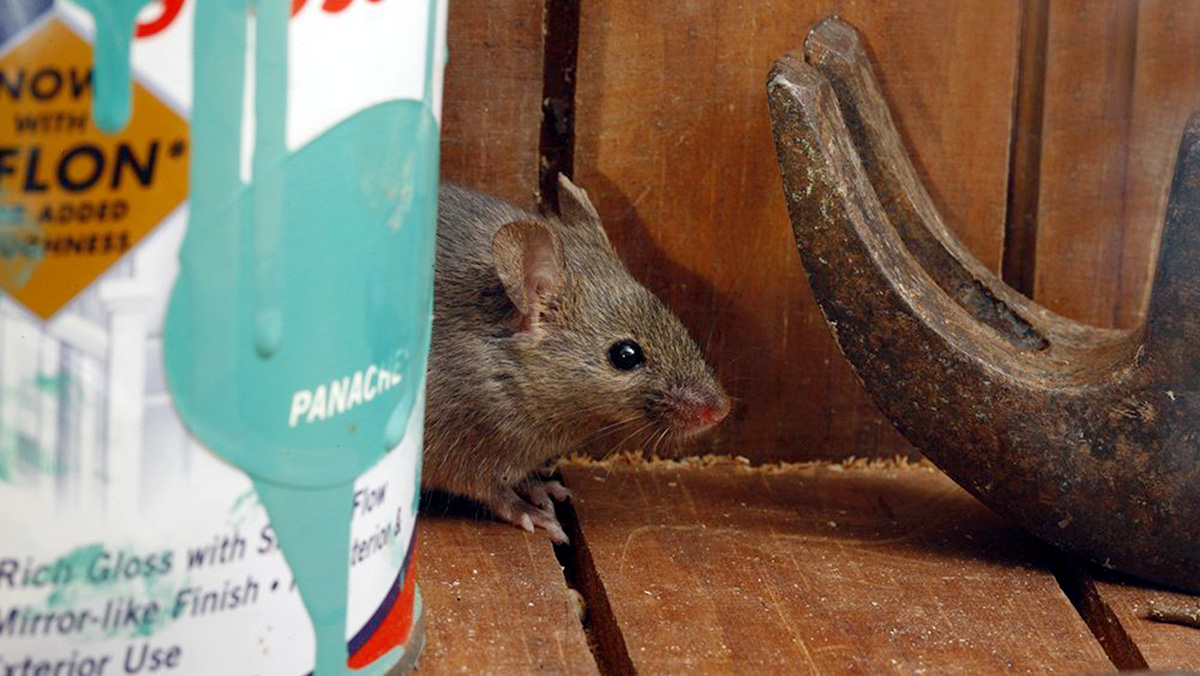
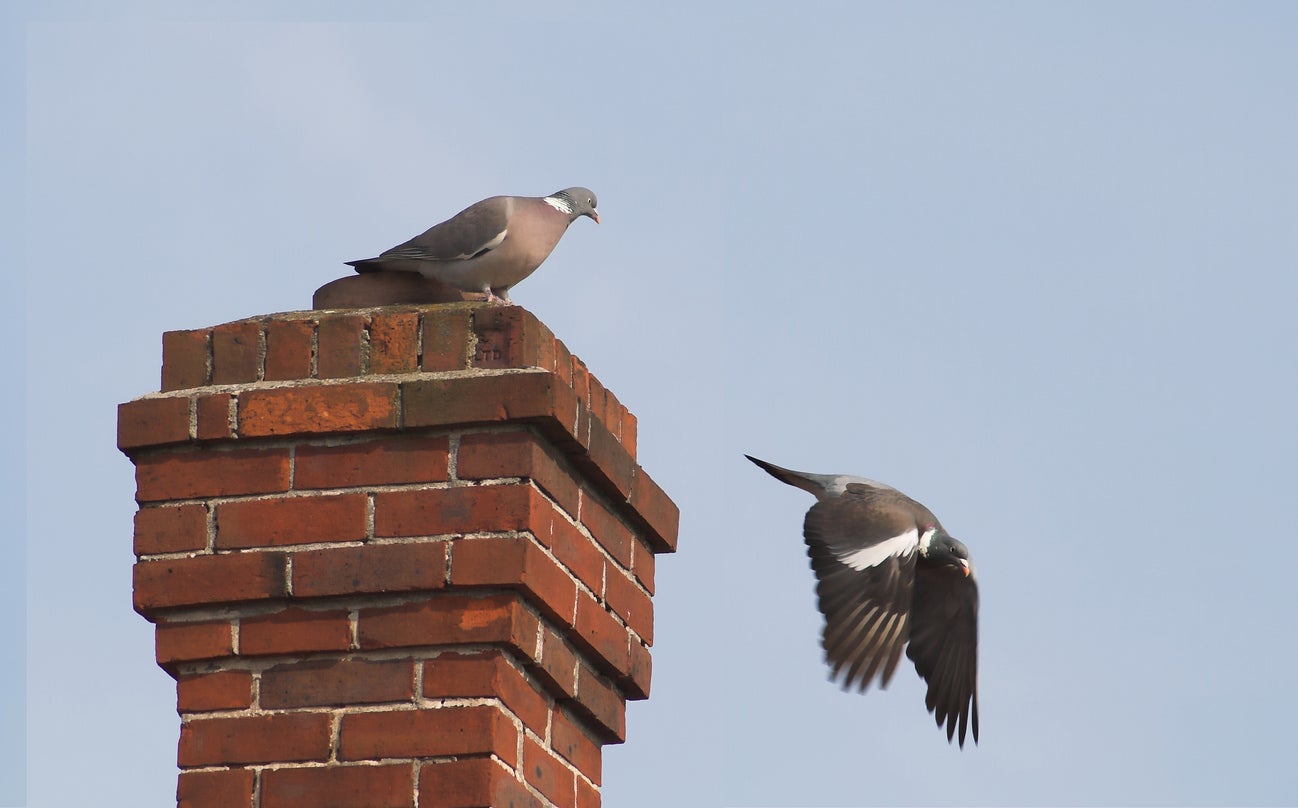

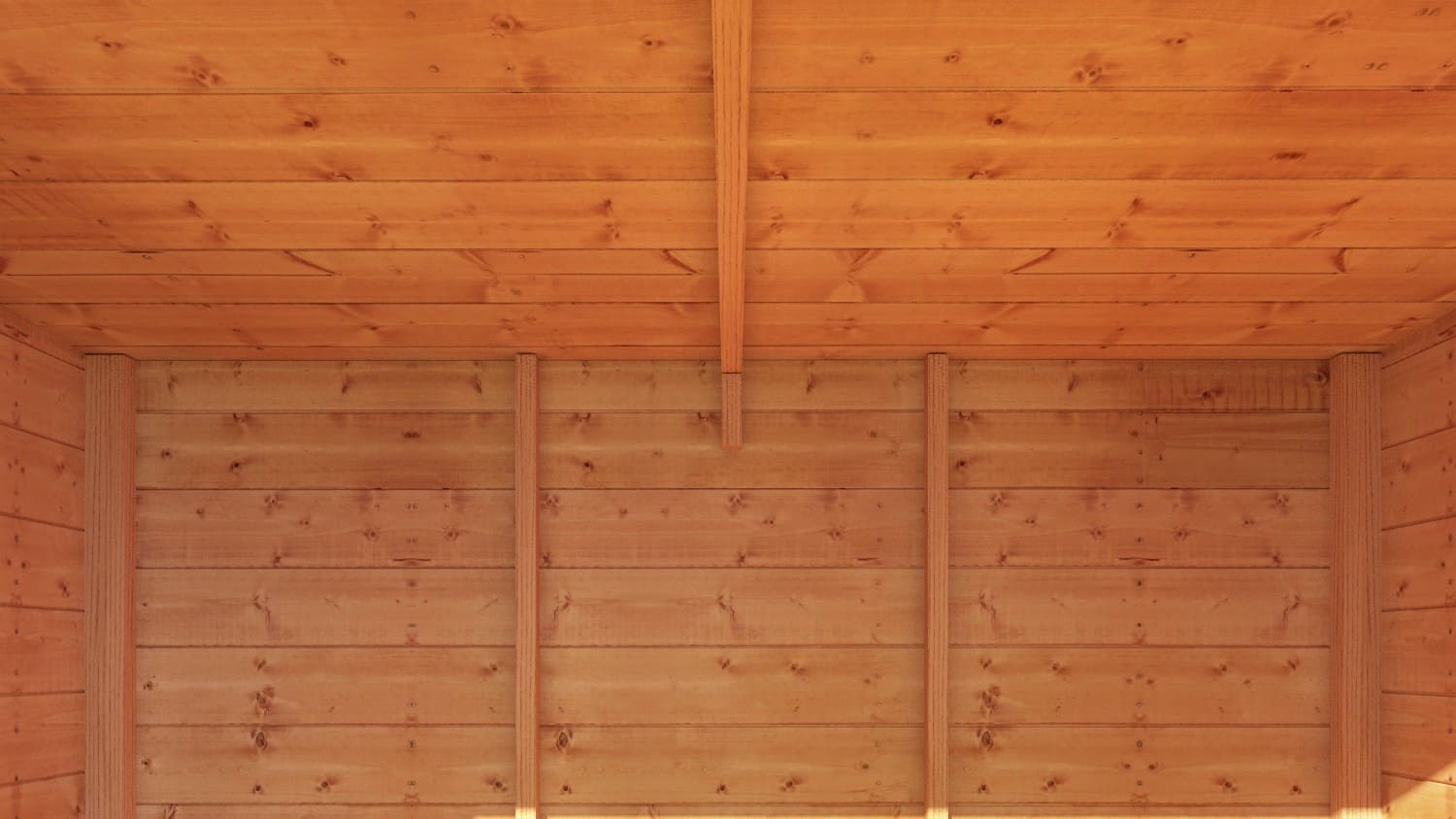
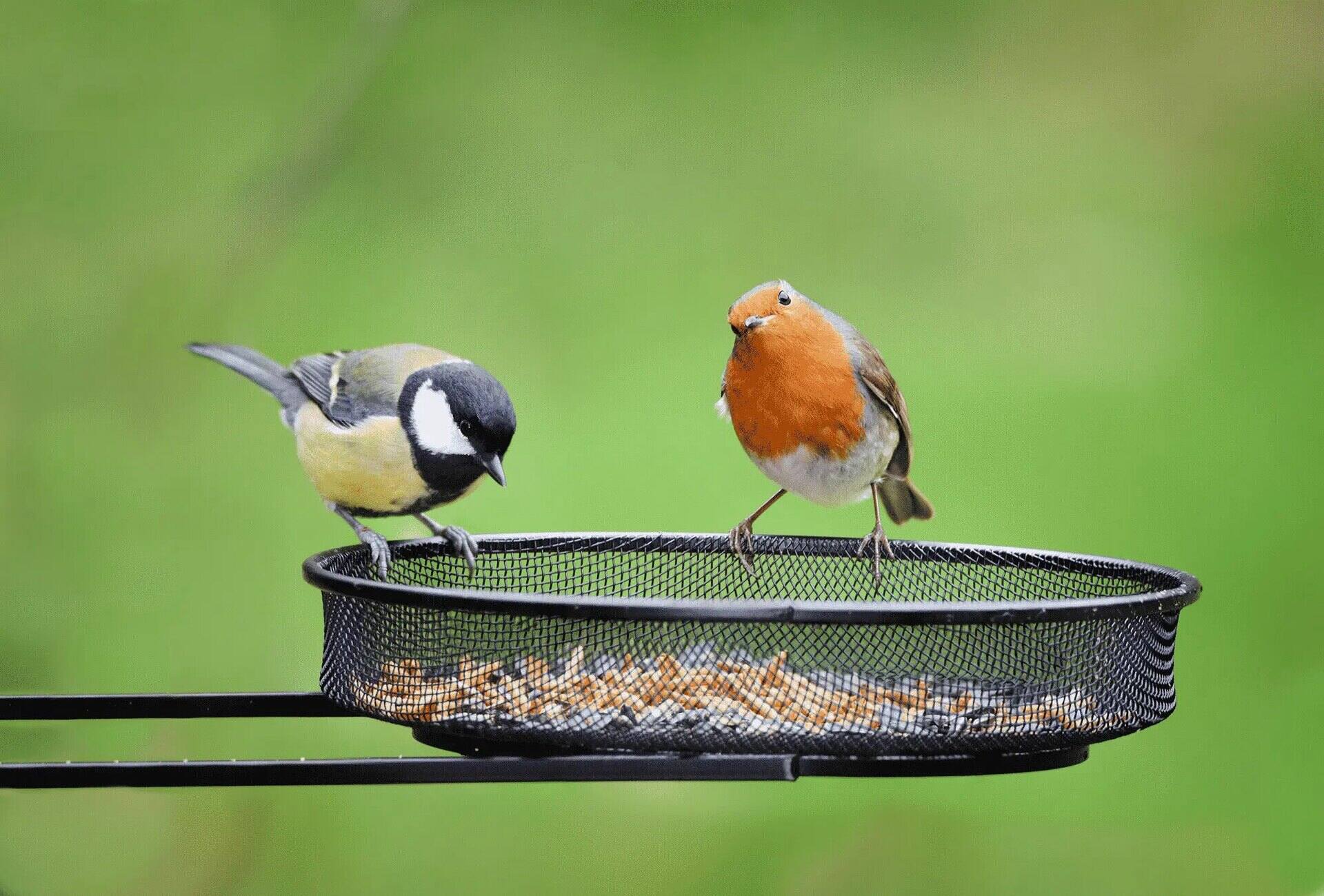
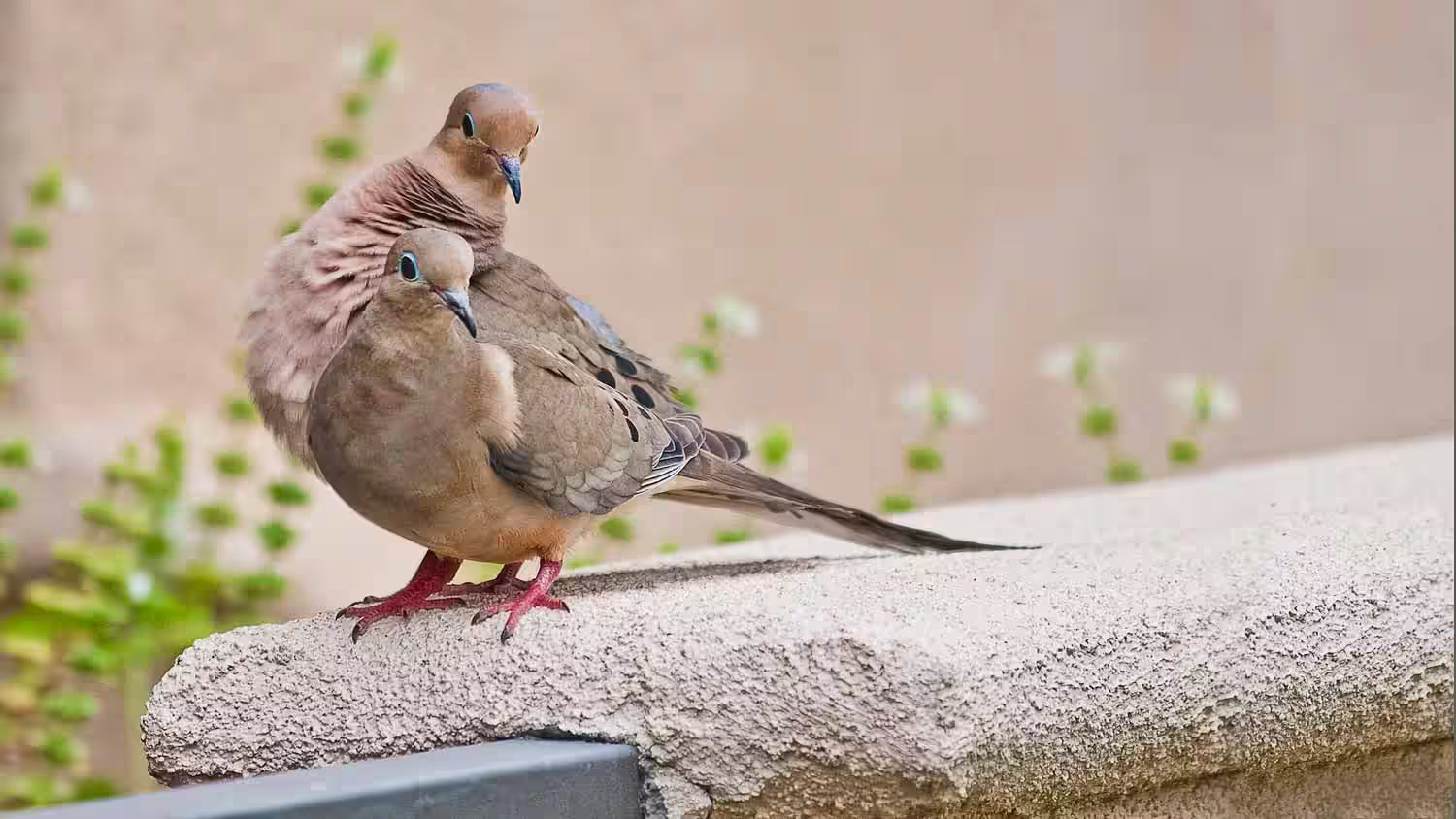
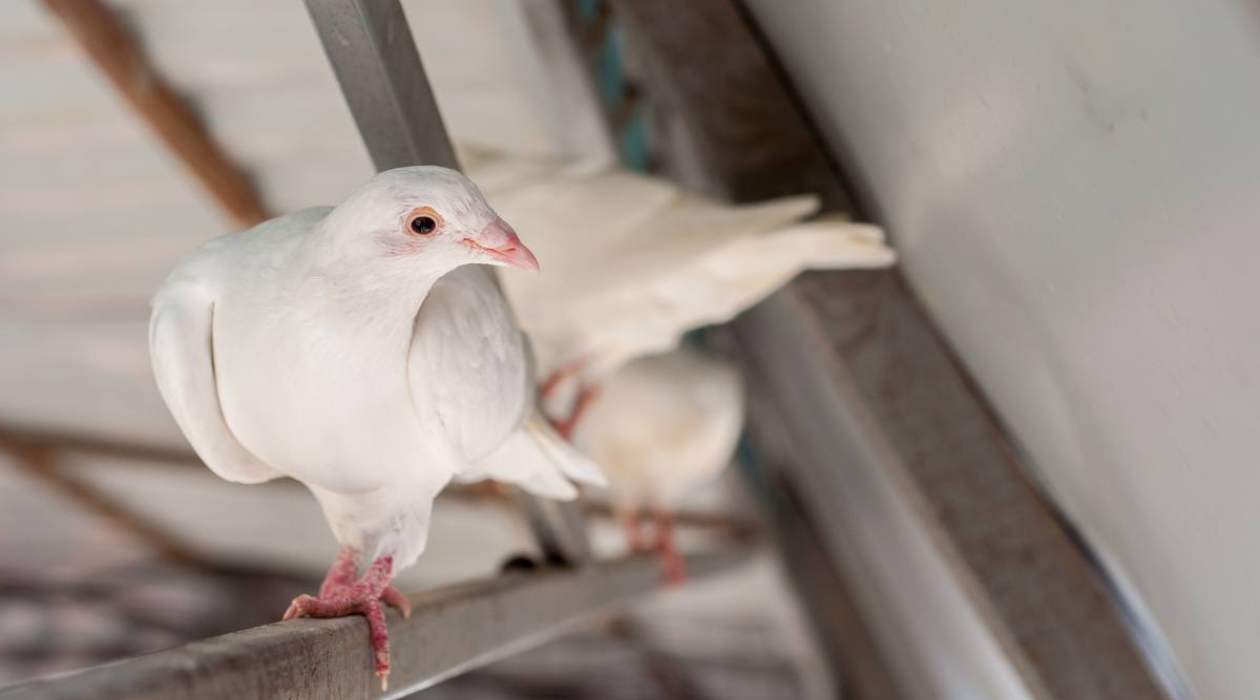
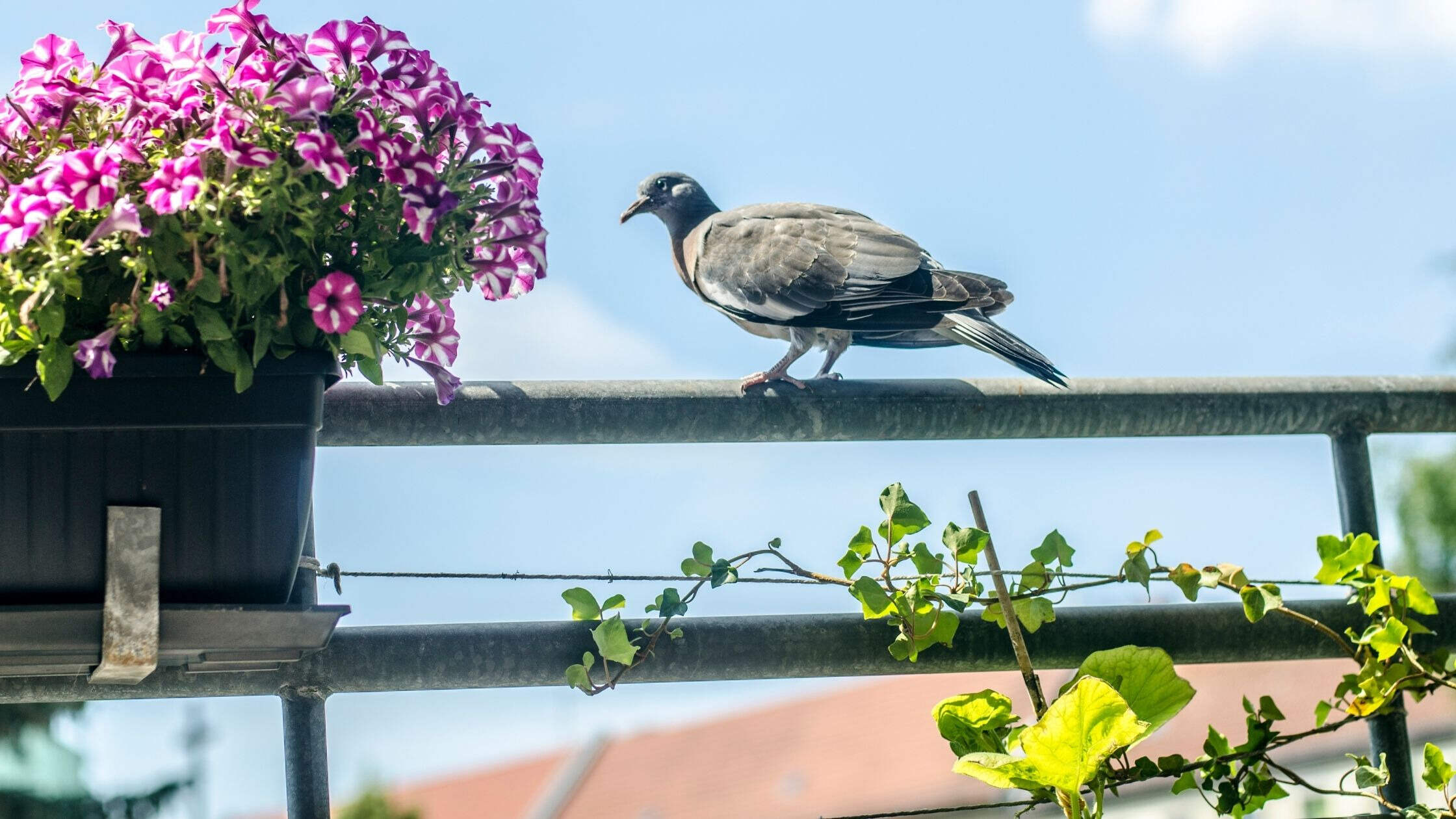
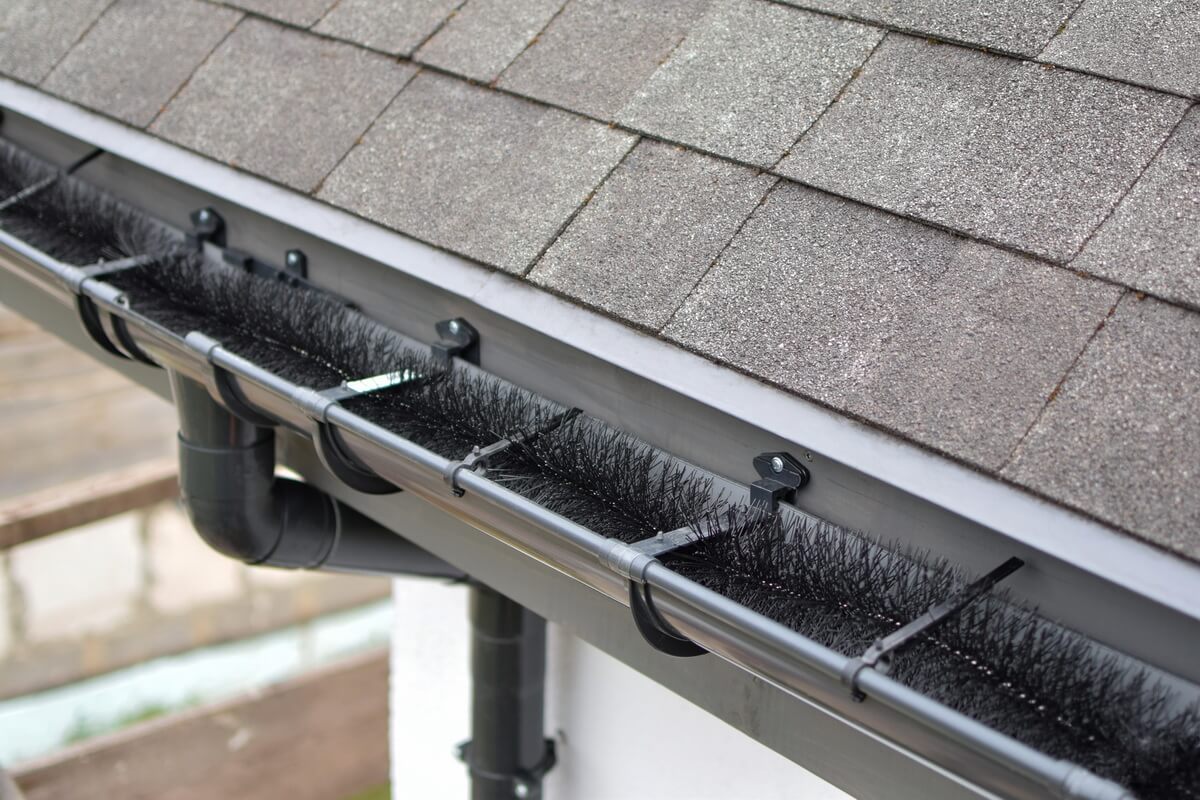
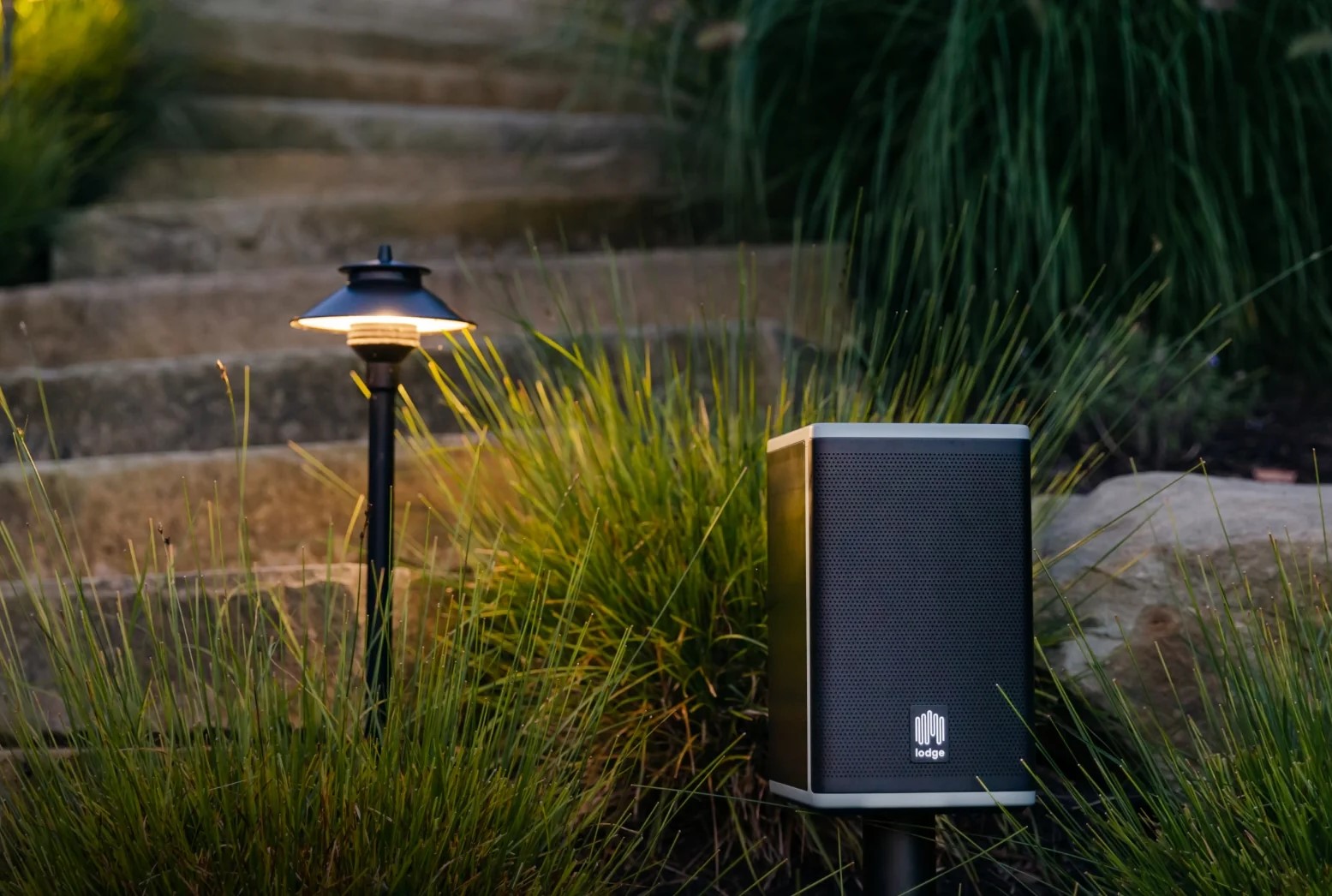
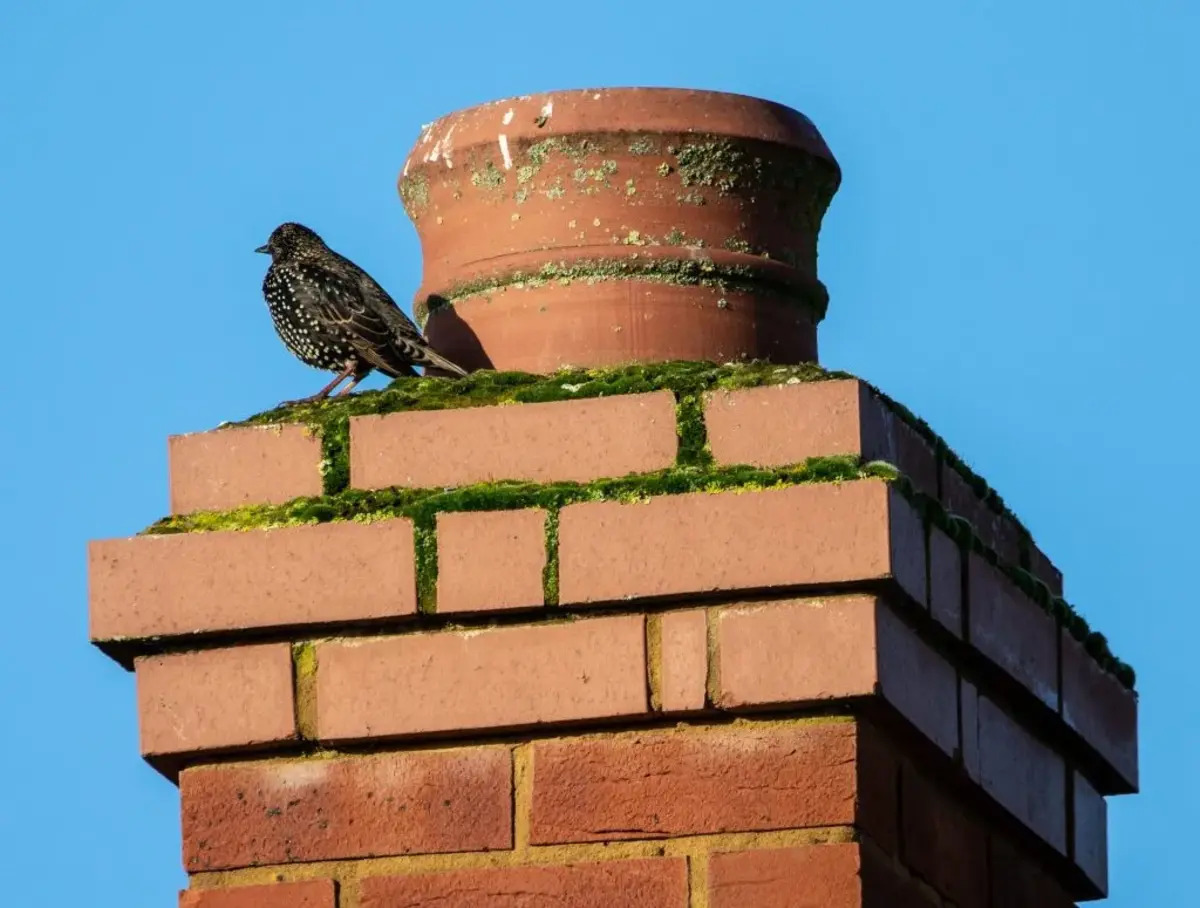

0 thoughts on “How To Keep Birds Out Of A Shed”